If you’re growing a paid online community, you know that engagement of members is not an easy task. We position ourselves as “teachers” or “coaches,” and when people join our communities, they expect to continue this 1:1 conversation where the teacher is the one to answer all inquiries, inspire learning, provide resources and entertainment.
The expectation that our clients have of us when we do individual 1:1 classes then is carried into a community. That’s when teachers feel the lack of engagement most prominent. Your community is learning something but people are not learning together or with each other, rather they continue expecting the teacher to solve problems for them.
At this point, online communities no longer feel like “a holy grail” of online teaching where clients collaborate and figure things out on their own, allowing teachers to create and facilitate discussions, but rather an exhausting and never-ending teacher-student conversation, multiplied by the number of members.
In today’s blog post, let’s explore the lack of engagement in online communities and see what changes we can make in our work today so our online communities feel different from the 1:1 classes we’re most used to.
What is your own community engagement experience?
When doing my research on the subject, I noticed that the articles about the benefits of online teaching rarely listed “collaboration with other teachers.” Most of the time one of the benefits was “more time with students.” While online teaching offers a flexible and low-impact teaching environment, it remains lonely and inward-focused.
As an introvert and a creator, I welcome less human interaction, but after working in the online teaching industry for the past 12+ years, I know that the huge disadvantage of such alienation is lack of exposure to something different, innovative and transformative.
The prevalence of the traditional 1:1 and group instruction in the online teaching world is a great example of how such lack of exposure to people doing things differently keeps us burned out and set in our ways.
As teachers, we find it challenging to interact with other teachers or business owners, or we opt out of them due to lack of time or finances and little changes.
Intentional interaction and collaboration with others takes time and effort, and with an ever-growing workload it’s easy to look at as an unnecessary frill. But it shows up when we try to create something we have not been a part of or engaged in ourselves.
So the first lesson to create engagement within your community is to set an intention to engage with others. Here are some ideas:
- Join Facebook groups for online teachers or creators. Set an intention to engage at least once a week by responding to other people’s comments and sharing what you’re learning.
- Engage on other social media channels (if you have them): leave comments, share what you’re learning and ask questions. Here’s how you can use Instagram.
- Engage with your favorite creators: leave reviews, send an email, and give feedback on someone else’s podcast.
- Join paid communities based on your interests.
If you want to create more engagement in your community, start working on it first. See how it feels and what you learn from it. That way you can communicate its value to your potential clients, and they can see it as more than “a place where they access you.”
Develop your client’s autonomy.
When I was going through my teachers’ training, I remember studying the T-S (teacher-student) vs S-S (student-student) model of instruction. In the first case, the focus of your class is on the teacher. Students rarely interact with each other. The other model was more desired and praised.
It was all nice and dandy in a textbook, but in reality even the professor who taught us those models and praised the “S-S” interaction, rarely used it. We knew it was a “better option,” but nobody knew exactly how to implement it.
I couldn’t just come into the classroom and tell my students to chat. There had to be some thinking involved prior to that, but I didn’t see too many teachers doing it, and most of our “S-S” activities were boring and staged anyway.
An online community doesn’t just happen when 10 clients get together on a Zoom call. A community starts in your 1:1 classroom when you focus more on developing your client’s autonomy and self-reliance. Now that’s a hard task because (especially) the more we’re paid per hour, the more hand-holding we as teachers feel like we owe to our students.
This is where a mindset shift is critical. It’s good to keep in mind that learning is something we cannot do for our clients, no matter how beautiful the workbooks or cutting-edge the methods. Learning is something our clients do on their own when we’re willing to let go of our compulsion to control the process.
Here are some practical ways for you to instill some autonomy in your clients:
- Reduce the number of classes from 4 to 2 a month and on the weeks of no classes give your client a reflection assignment.
- Instead of thorough worksheets with vocabulary lists, ask your client to choose 3-5 vocabulary words from the assignment and share why they would like to add them to their own word bank.
- Do away with powerpoints for every lesson. Ask yourself: how can I make this lesson simple for myself without more work?
When I shared these and other ideas on developing your client’s autonomy in my Start your Paid Membership masterclass, someone wondered what the clients are paying for if they’re not getting elaborate worksheets, powerpoints and more 1:1 time?
What an excellent question! If you could give no bells and whistles, what is 1 thing that prompted your client to keep coming back? Because nobody buys language lessons because they want to see your glorious worksheets.
People buy language lessons to learn a language, and they trust you to help them do that job. Powerpoints don’t do this job, I’m afraid, but it’s us, the teachers, who use the tools we have to empower our clients to learn on their own.
Ready to start a paid community? My actionable masterclass has more ideas and strategies.
Community engagement takes time and trust.
Trust boosts community engagement. People need to trust you and other people inside the community. It helps when you create that trust and a non-judgment that make people feel energized and not burdened any time they come to interact.
In what ways do we build trust? I like Brene Brown’s 7 elements of trust acronym BRAVING (also found in her book Atlas of the Heart: Mapping Meaningful Connection and the Language of Human Experience), and I’m going to spell it out with the online language teachers in mind:
B – boundaries: you start by defining who you work with, how you work with people and when you don’t work with them. These are elements of niching, but you also set and communicate your boundaries about the hours that you work and you don’t work.
R – reliability: you show up and do what you say you’ll do. You don’t over-promise.
A – accountability: you own your mistakes, apologize and make amends. That’s what Lucy Simkins did when she apologized about a mistake she made, and a video like that makes me trust the person more.
V – vault: you don’t share information that’s not yours to share. It may be tempting to share rants about clients or companies on social media, but it doesn’t solve your problem and in fact it undermines people’s trust of your brand.
I – integrity: “you choose courage over comfort. You choose what is right over what is fun, fast or easy.” You align your values with your practices and if some “marketing gimmick” doesn’t align with your worldview, you let it go.
N – nonjudgment [sic]: We can talk about how we feel without judgment. I might be dropping a bomb here but I believe that the overwhelming number of videos on “most common mistakes” increases the judgment temperature of our work. It makes your posts popular of course because it capitalizes on people’s fears and insecurities, but is it the feeling you want your clients to experience?
G – generosity: “you extend the most generous interpretation possible to the intentions, words and actions of others.” I think this goes back to refraining from judgment and social media ranting about bad clients who can’t pay.
When people feel seen and heard, when they know you will respond and not judge, you will do what you say, when you’re honest to acknowledge that you’re not a savior for everyone and your boundaries are set with respect to yourself and others, you create a safe environment for people to ask questions and bring their own thoughts to a discussion.
It does take time, but it’s not something we manipulate or fix. This work on establishing trust starts with us and moves outside to the people around us, people in our online communities who are inspired by our work and believe they can be a part of it, too.
Let me know in the comments what is one challenging task for you right now as you contemplate greater engagement in your own communities?

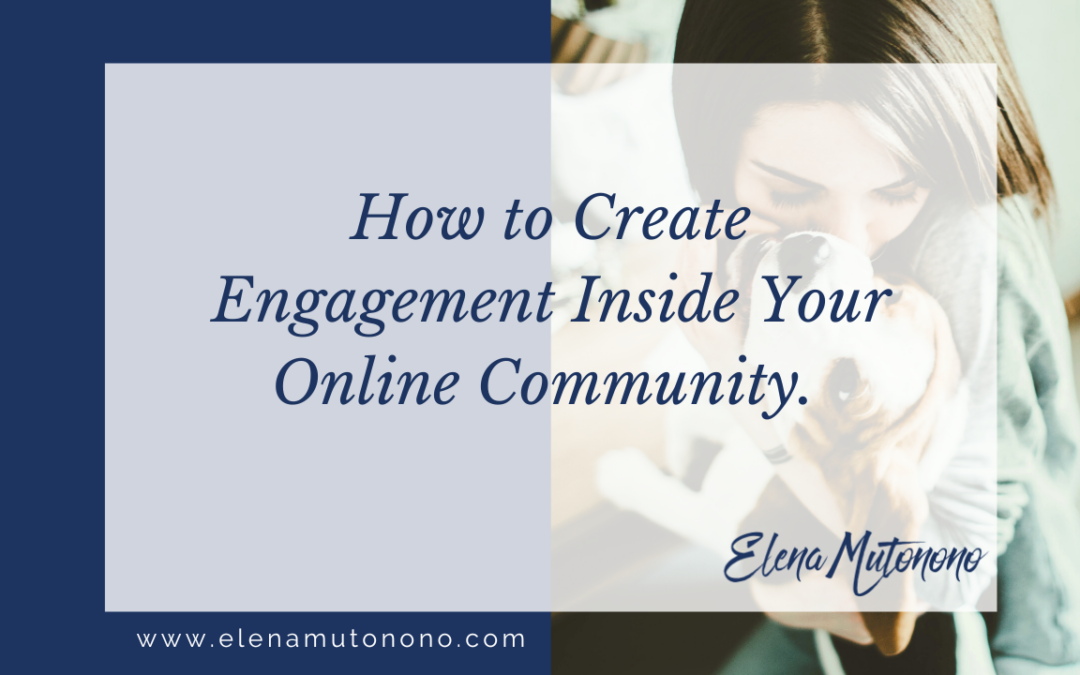
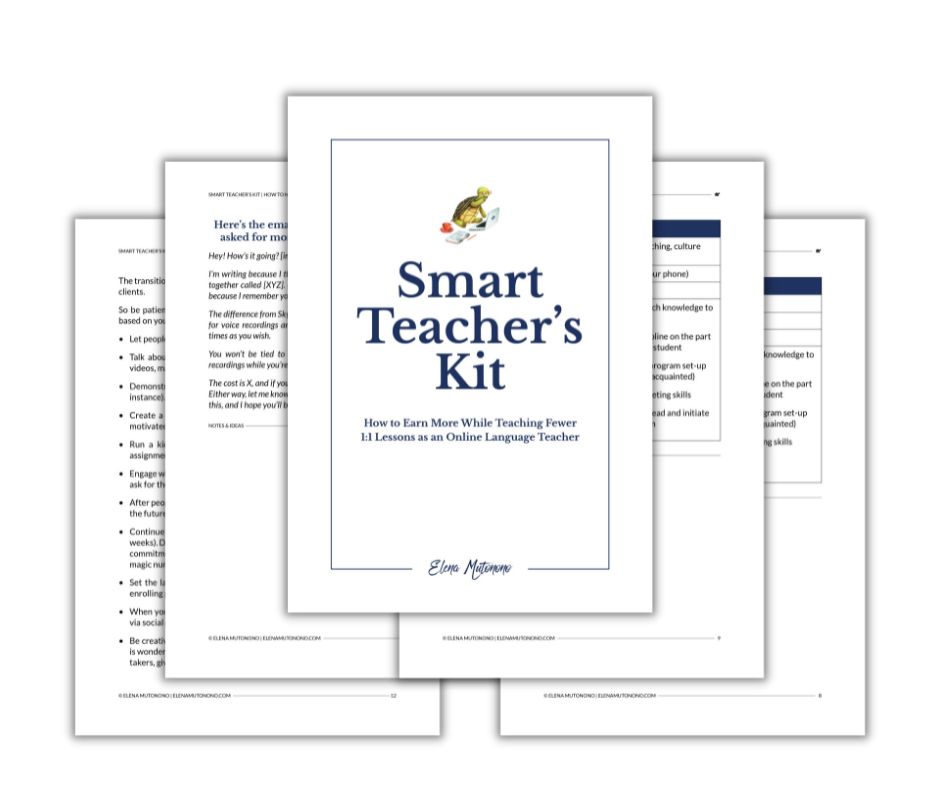
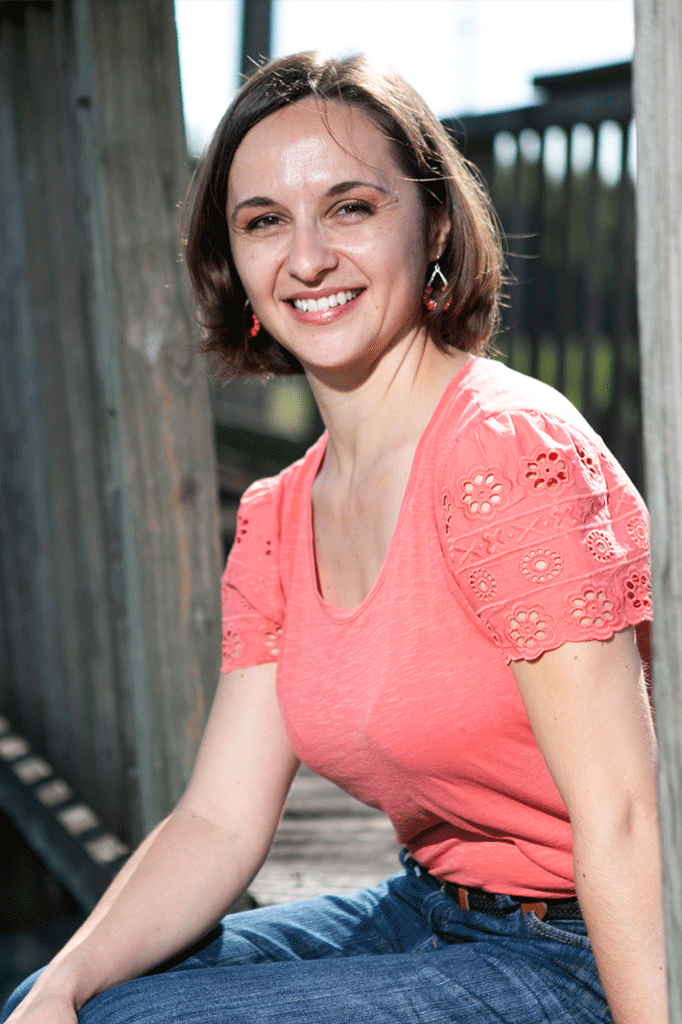 Welcome to my nook where *Big Magic* happens. My name is Elena Mutonono, I help small business owners package their services as digital products and sell them online. I want you to work smarter, not harder. Increase your impact beyond your current face-to-face clients. Grow your business as you reach more people all over the world.
Welcome to my nook where *Big Magic* happens. My name is Elena Mutonono, I help small business owners package their services as digital products and sell them online. I want you to work smarter, not harder. Increase your impact beyond your current face-to-face clients. Grow your business as you reach more people all over the world.
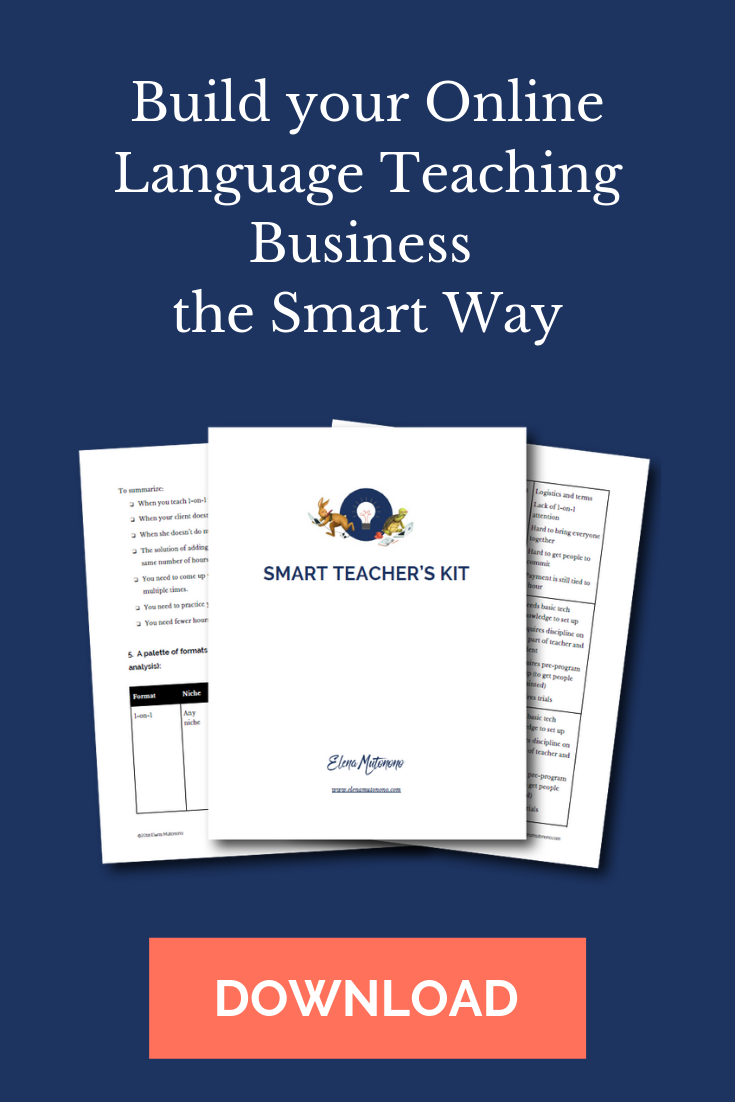
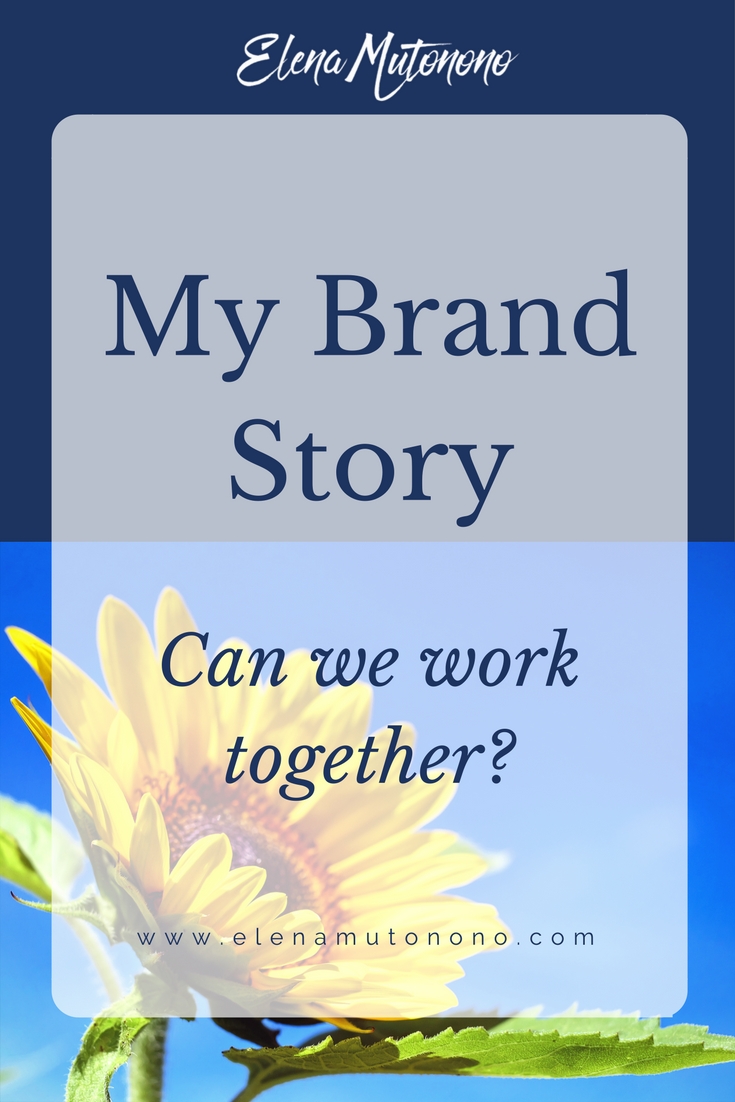

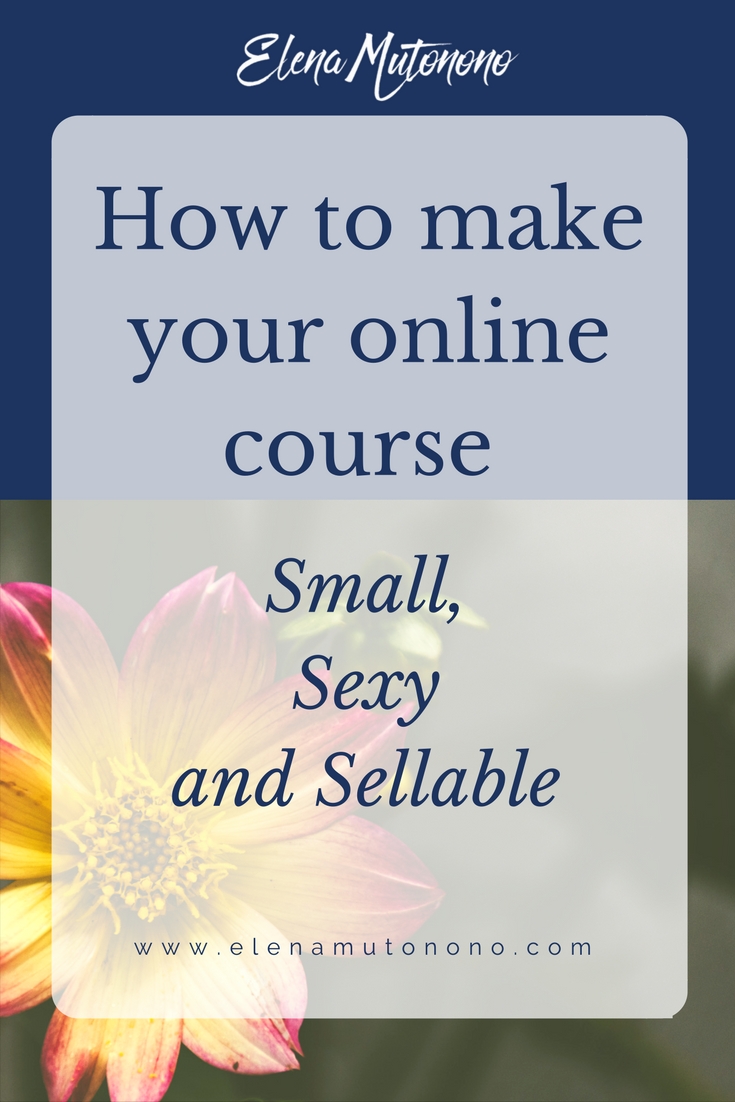

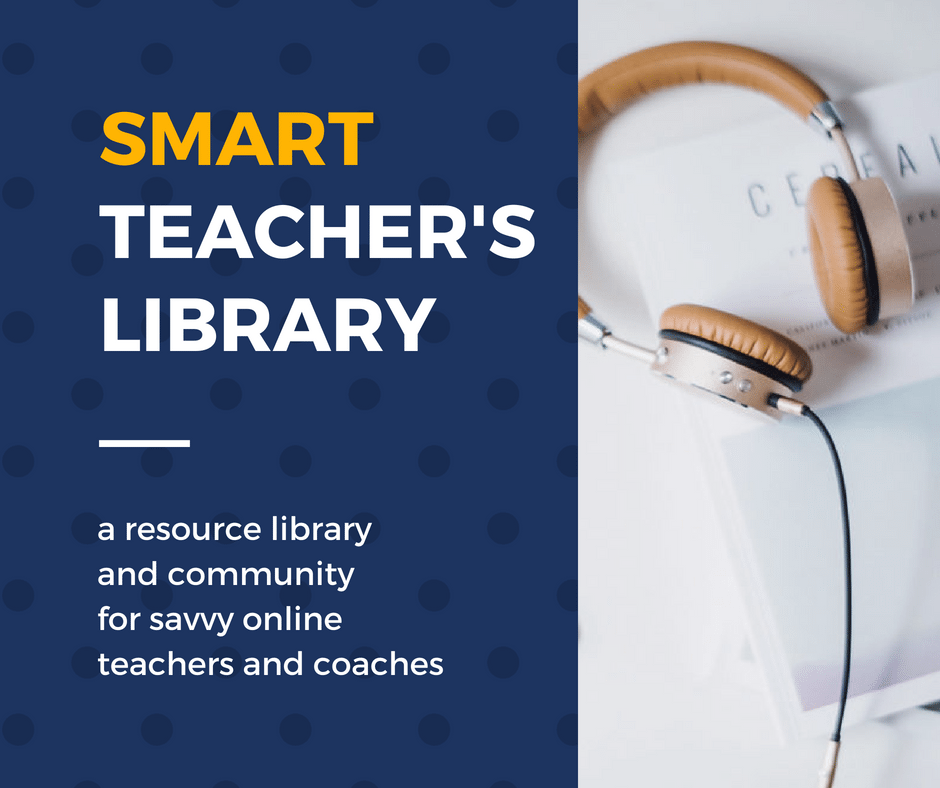
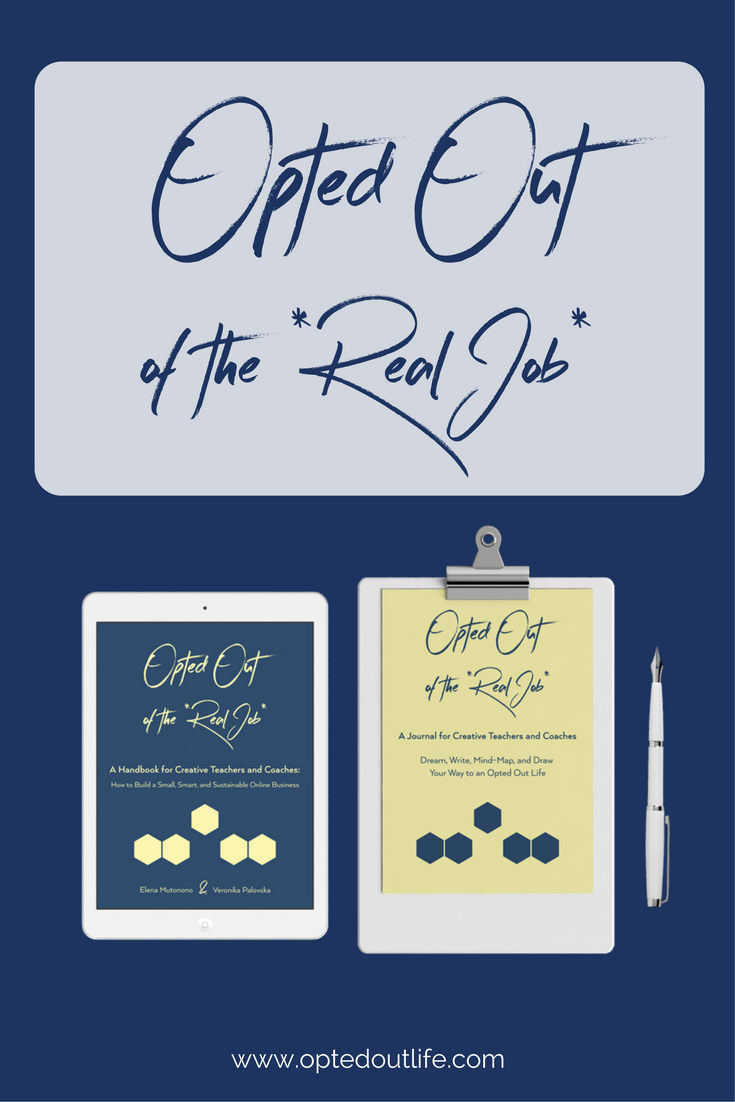

Hi Elena,
I like that you always leave us with something actionable to do. I do not have a community, yet, but I keep changing my one-to-one approach to something more manageable using your tips. I build on things slowly and in my own way.
Thanks for all those tips and support.
All the best!
Aude
Aude, I appreciate your comment, and I’m glad you have enough inspiration to keep taking small steps towards your goals! I’m looking forward to hearing how your journey turns out.
Great post Elena! My biggest challenge inside my Members-Only Facebook group is that nobody comments on my weekly check-in posts. I think I need to start writing an actionable question each week that prompts students to respond rather than, “Does anyone have a question this week?”
Yes. Another option is to ask people to add a GIF or “one word” to describe your week. It’s pretty small and maybe has little to do with your work, but it prompts people to do something silly and (because it’s easy) they will overcome the fear of making a mistake. I think we’ve done some damage to our audiences by parading their mistakes, so if you continue building a safe community I believe in the end people will feel more at ease when they post. And you’re right, something more specific works a lot better than “do you have a question?”